
Northern Sardinia
Portobello

Sunset in Portobello
Sunset in Portobello

Beach in Portobello with the rock Su Culumbu, symbol of Portobello
Beach in Portobello with the rock Su Culumbu, symbol of Portobello
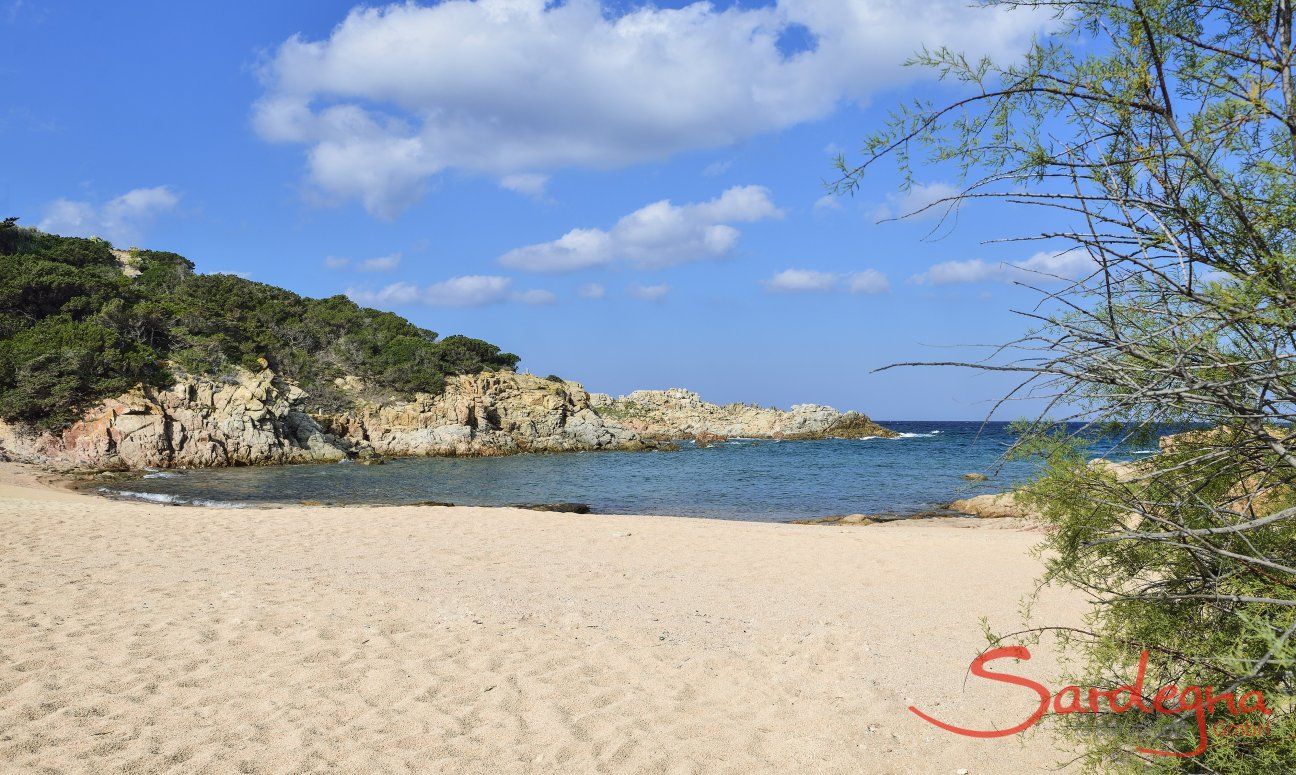
Beach of Portobello Baia dell'amore
Beach of Portobello Baia dell'amore
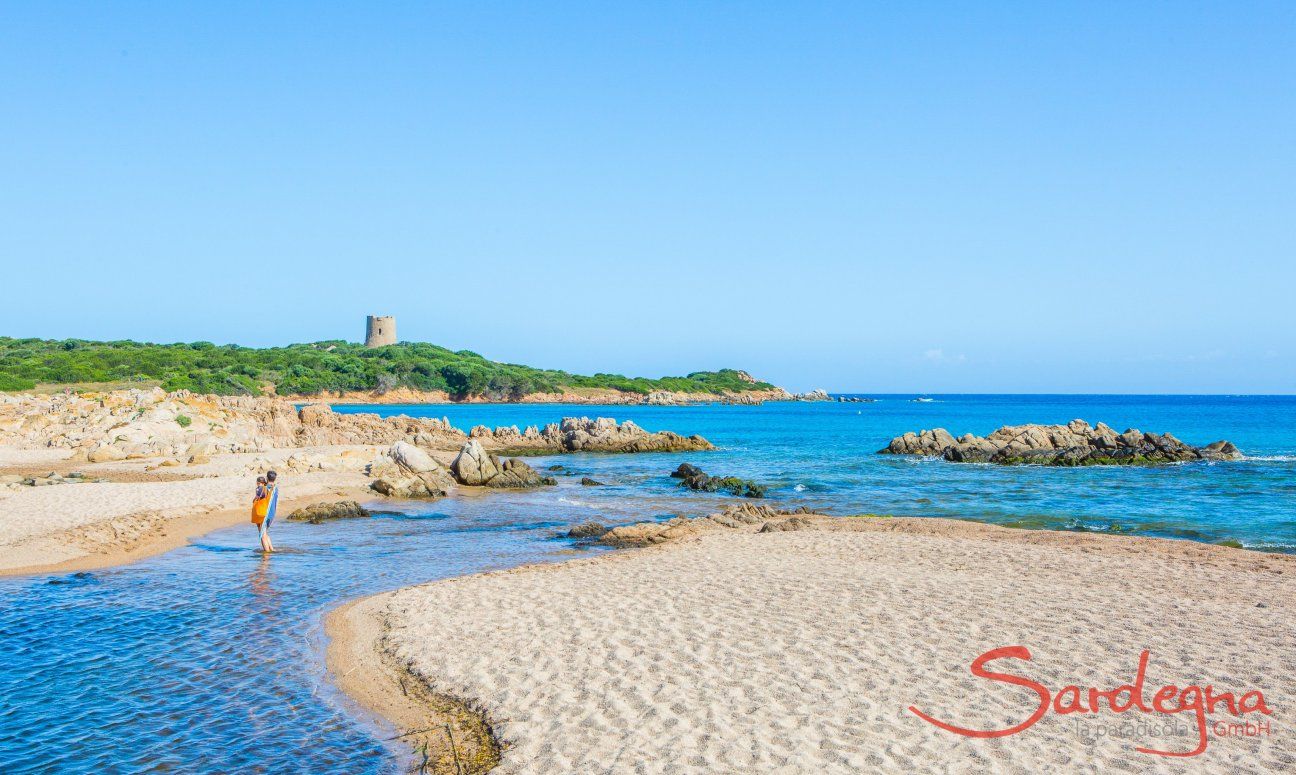
Beach of Vignola Mare, just 4 miles from Portobello
Beach of Vignola Mare, just 4 miles from Portobello

Beach Rena Majore, about 11 miles north of Portobello
Beach Rena Majore, about 11 miles north of Portobello
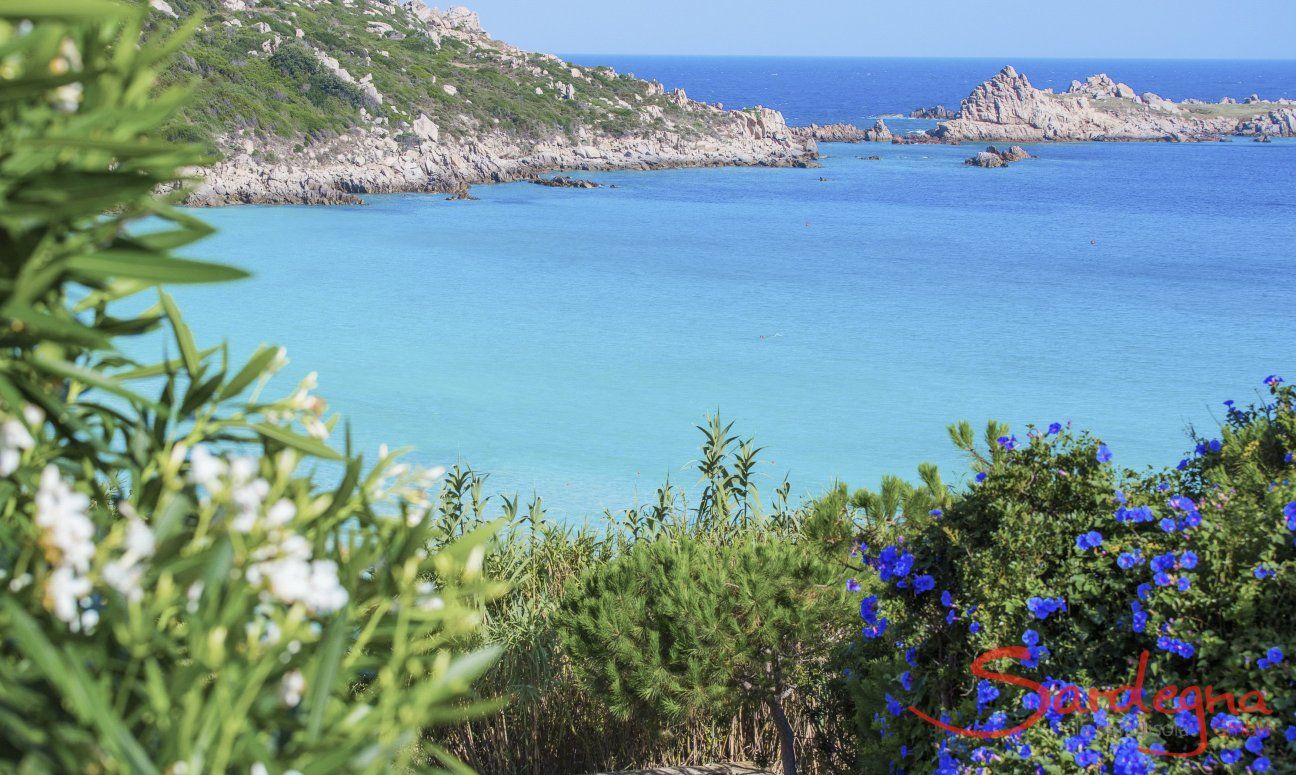
Beach Rena Bianca, about 15.5 miles from Portobello
Beach Rena Bianca, about 15.5 miles from Portobello
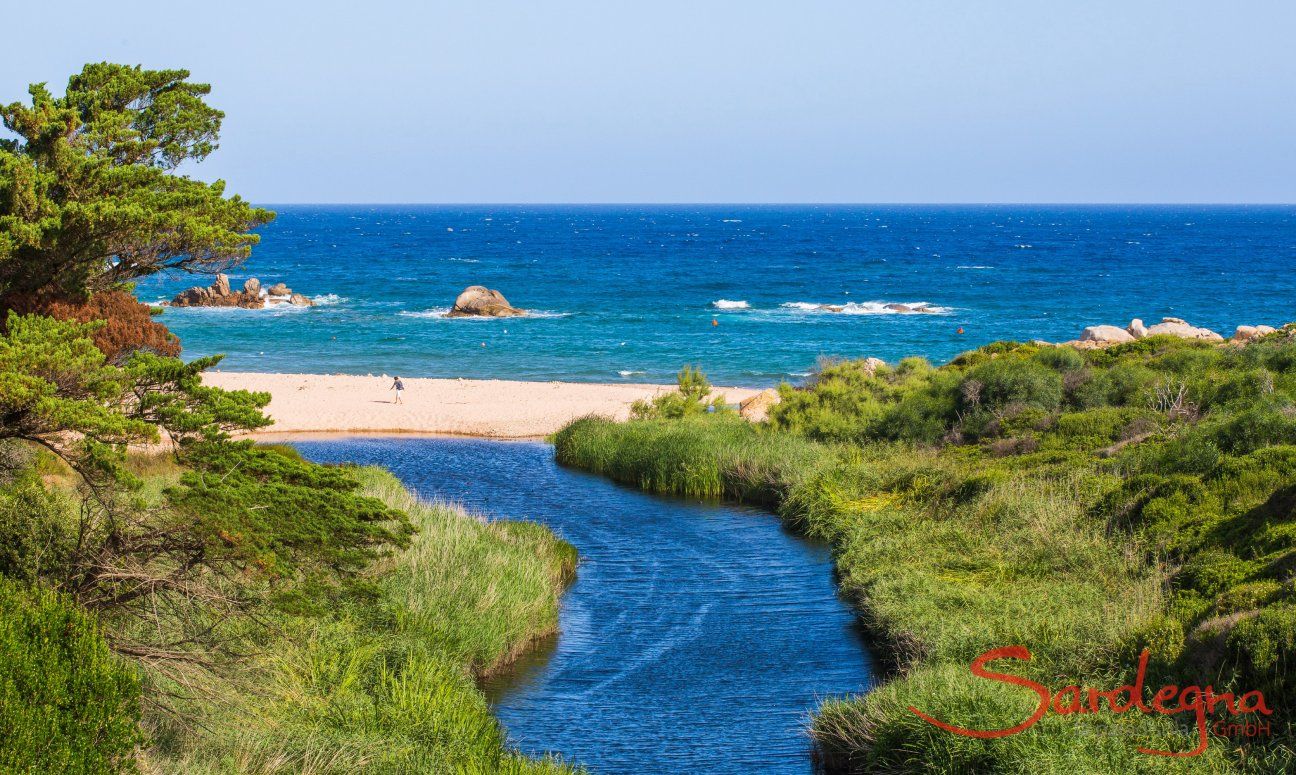
Beach close to Santa Teresa di Gallura, about 15.5 miles north of Portobello
Beach close to Santa Teresa di Gallura, about 15.5 miles north of Portobello
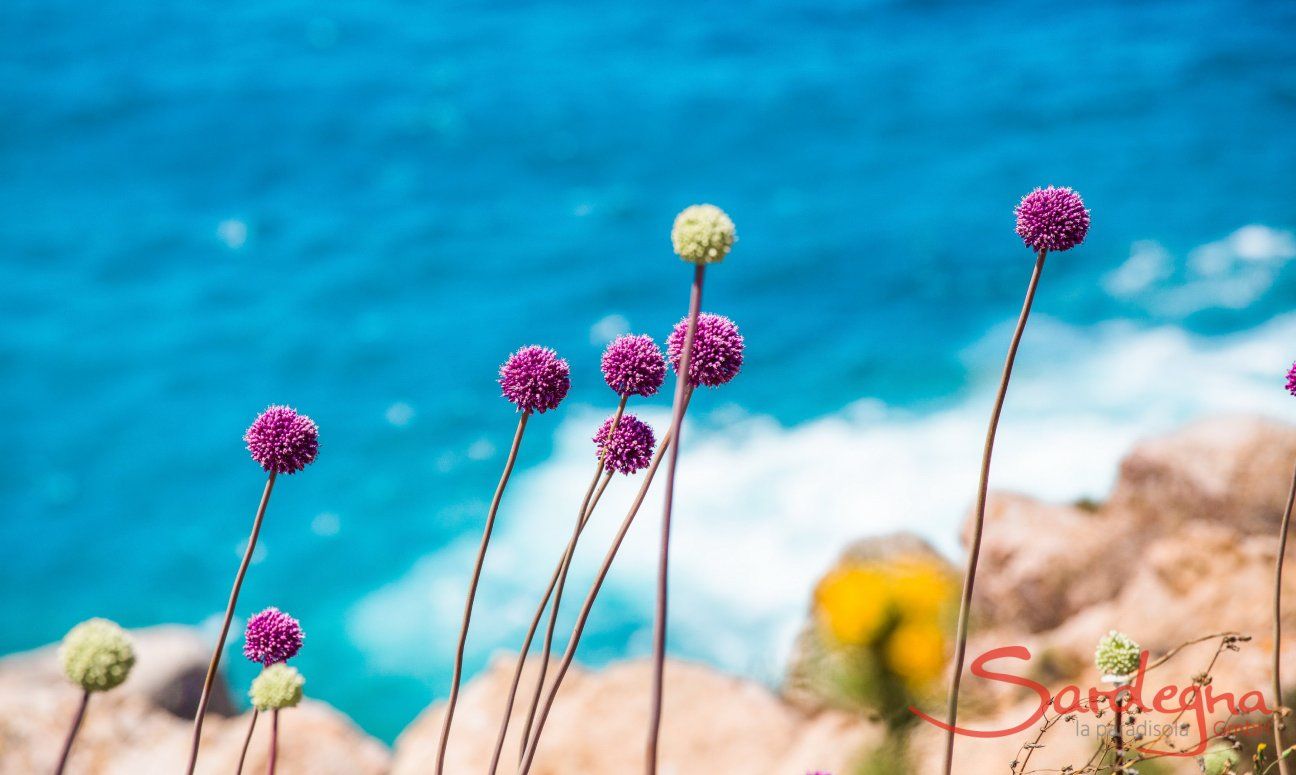
Colourful flowers in front of the blue sea of Rena Bianca
Colourful flowers in front of the blue sea of Rena Bianca

Villa Marco and Villa Massimo embedded in the landscape of Portobello
Villa Marco and Villa Massimo embedded in the landscape of Portobello
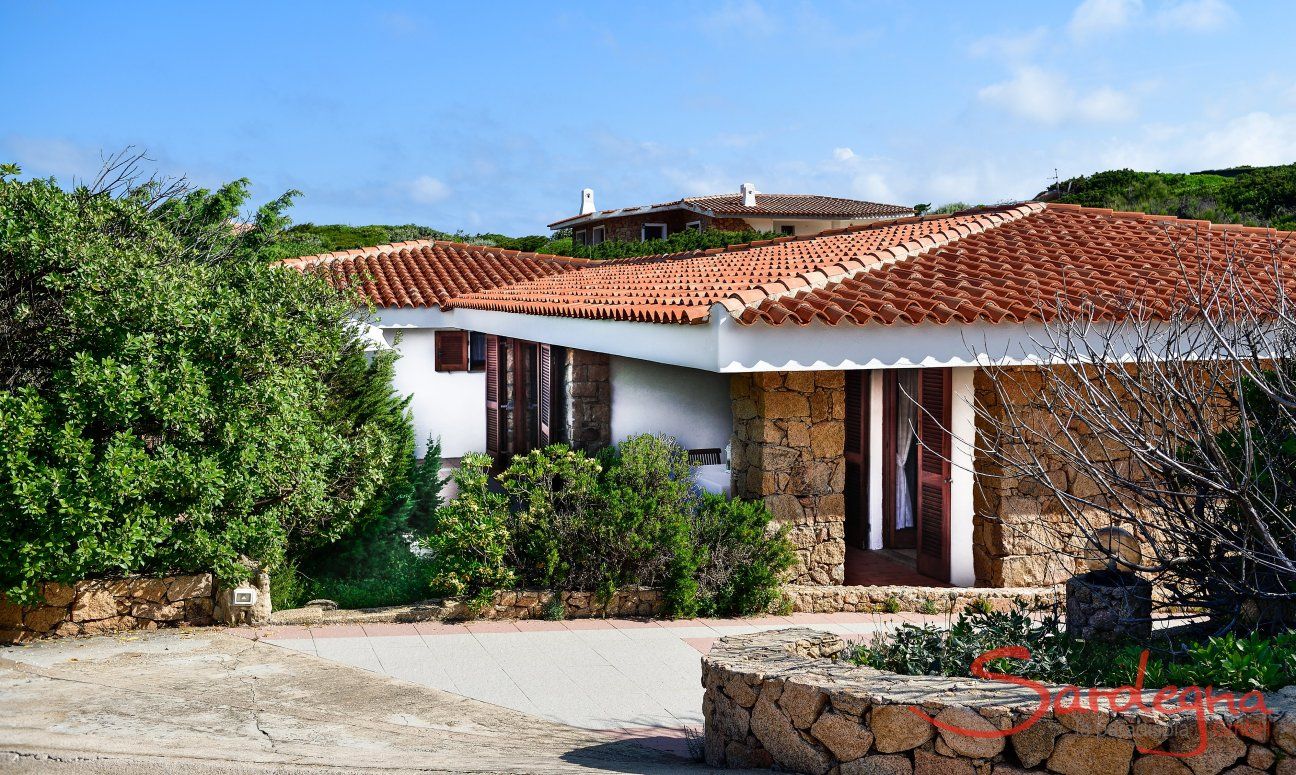
Villa Marco
Villa Marco
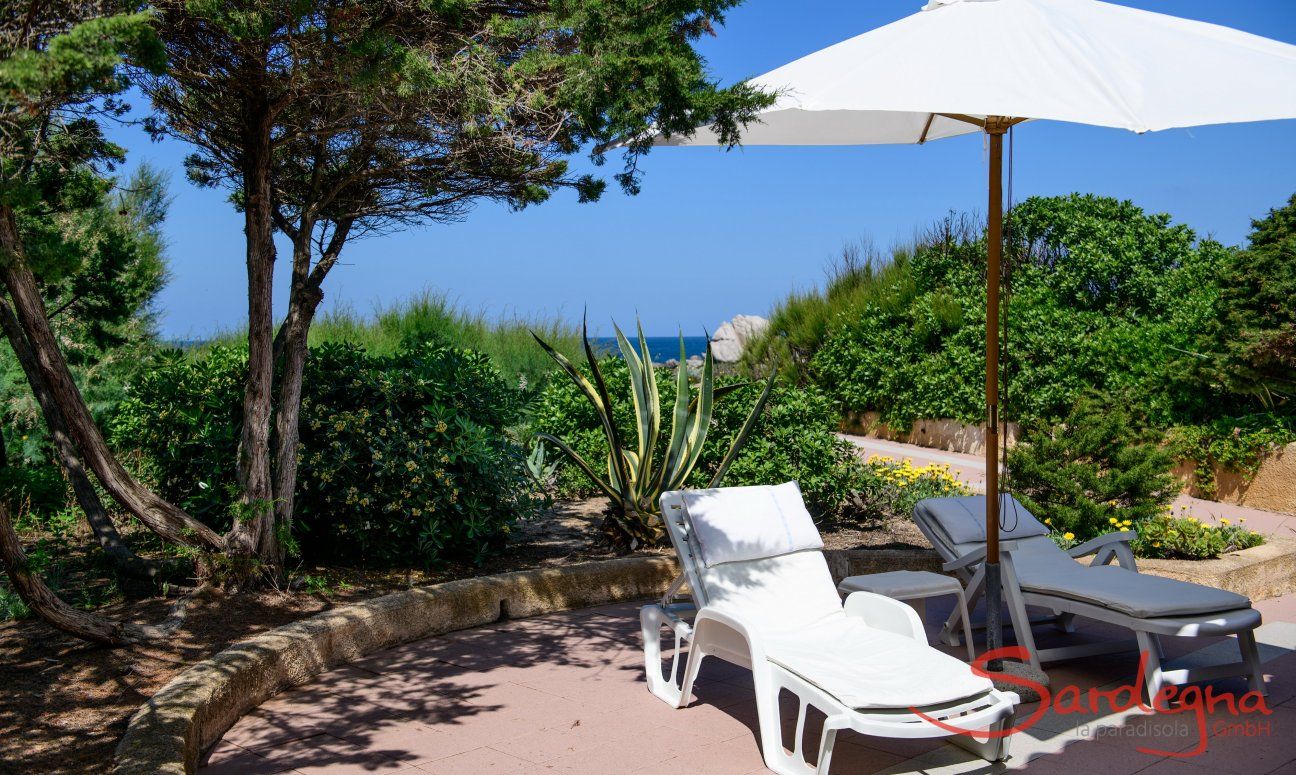
Terrace of Villa Marco with the blue sea in the background
Terrace of Villa Marco with the blue sea in the background
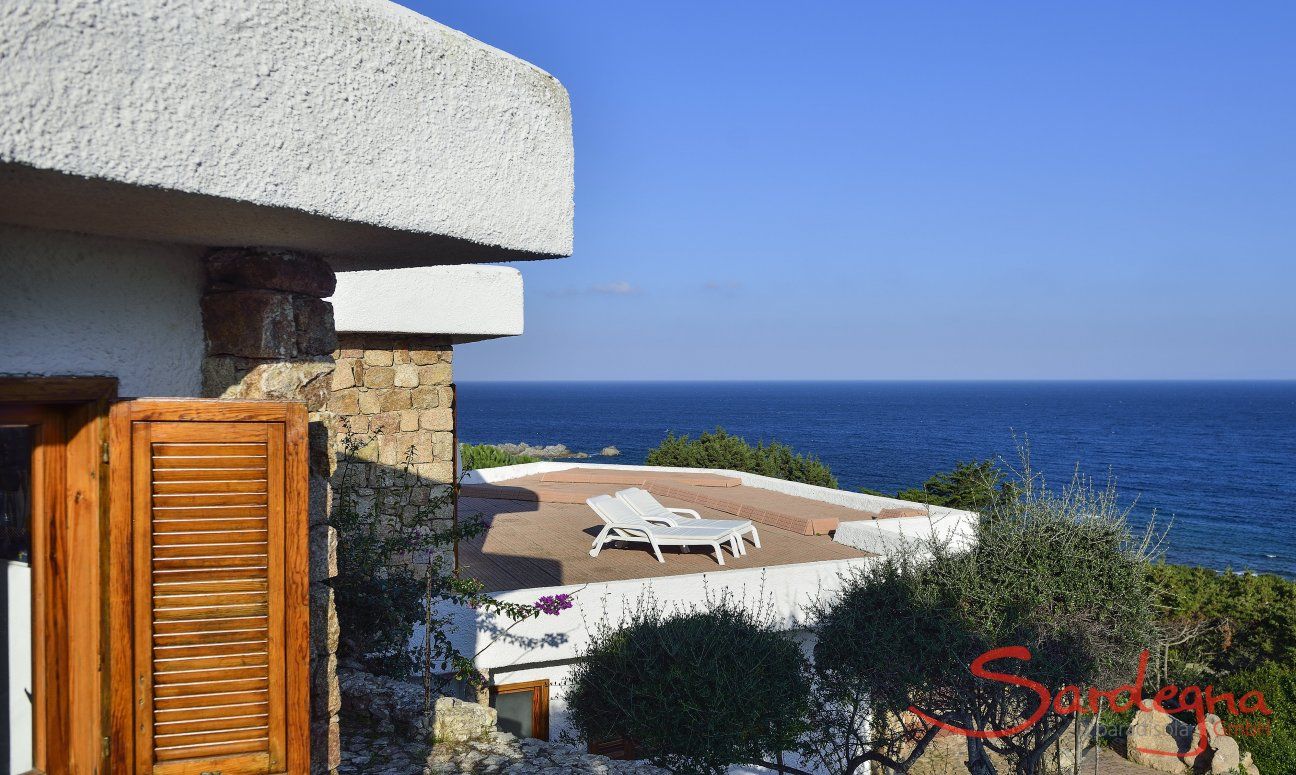
Villa Mirto with Terrace and view over the open sea
Villa Mirto with Terrace and view over the open sea
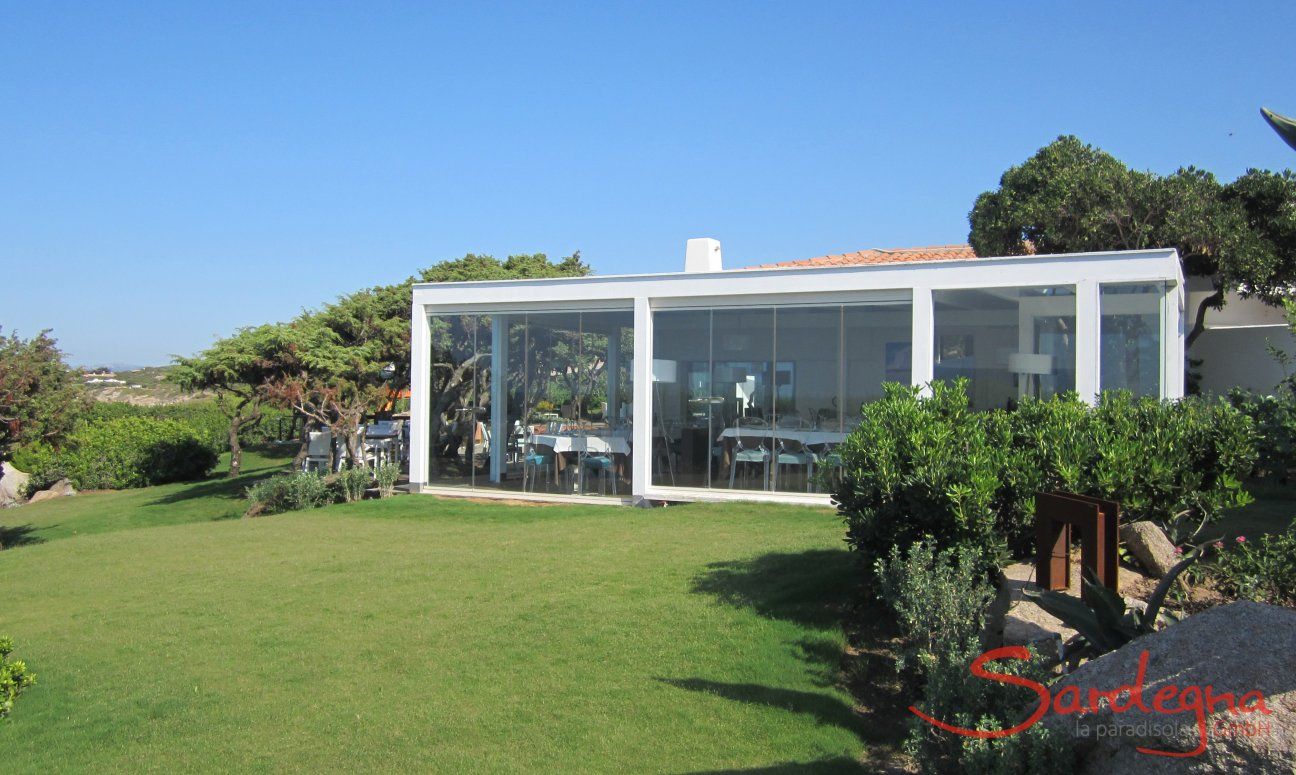
Restaurant in Portobello with panoramic windows with sea view
Restaurant in Portobello with panoramic windows with sea view

Tables of the Restaurant in Portobello under juniper trees
Tables of the Restaurant in Portobello under juniper trees

Playground for kids on the green grass of Portobello
Playground for kids on the green grass of Portobello
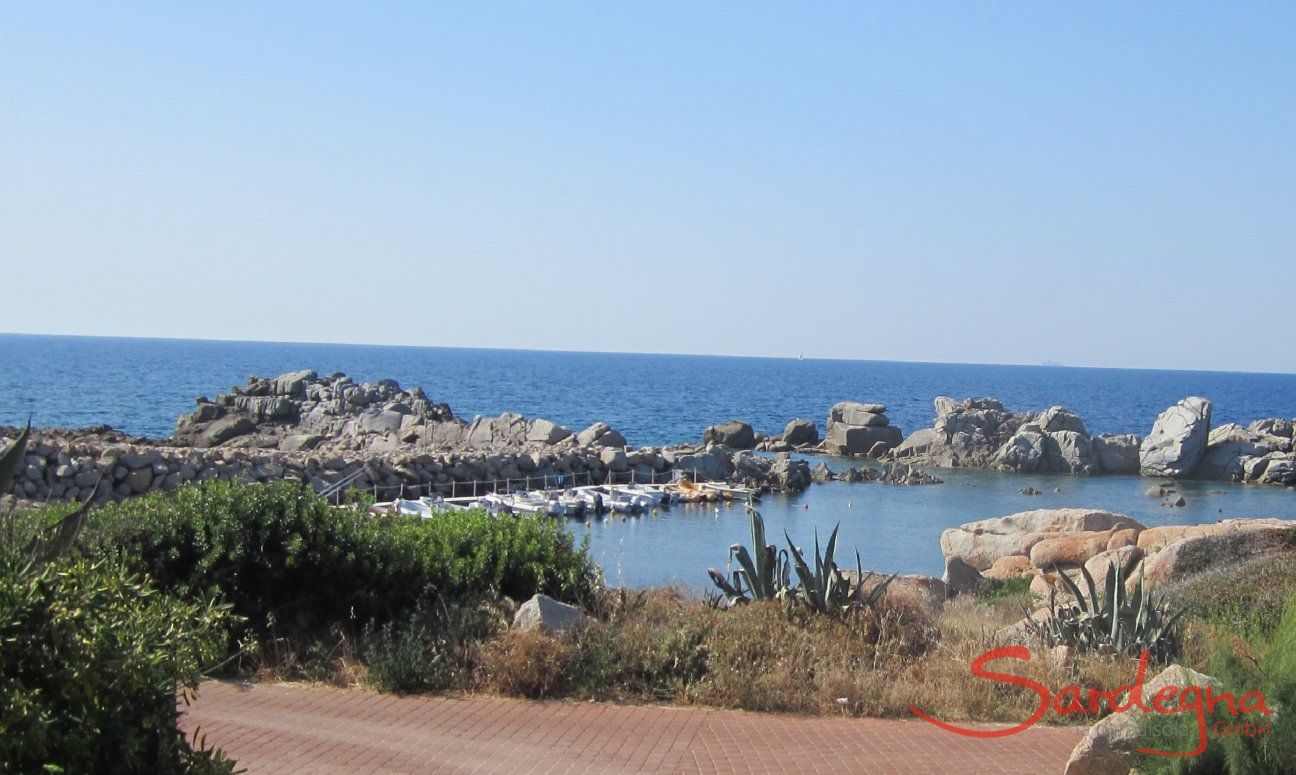
Small private harbour in Portobello
Small private harbour in Portobello
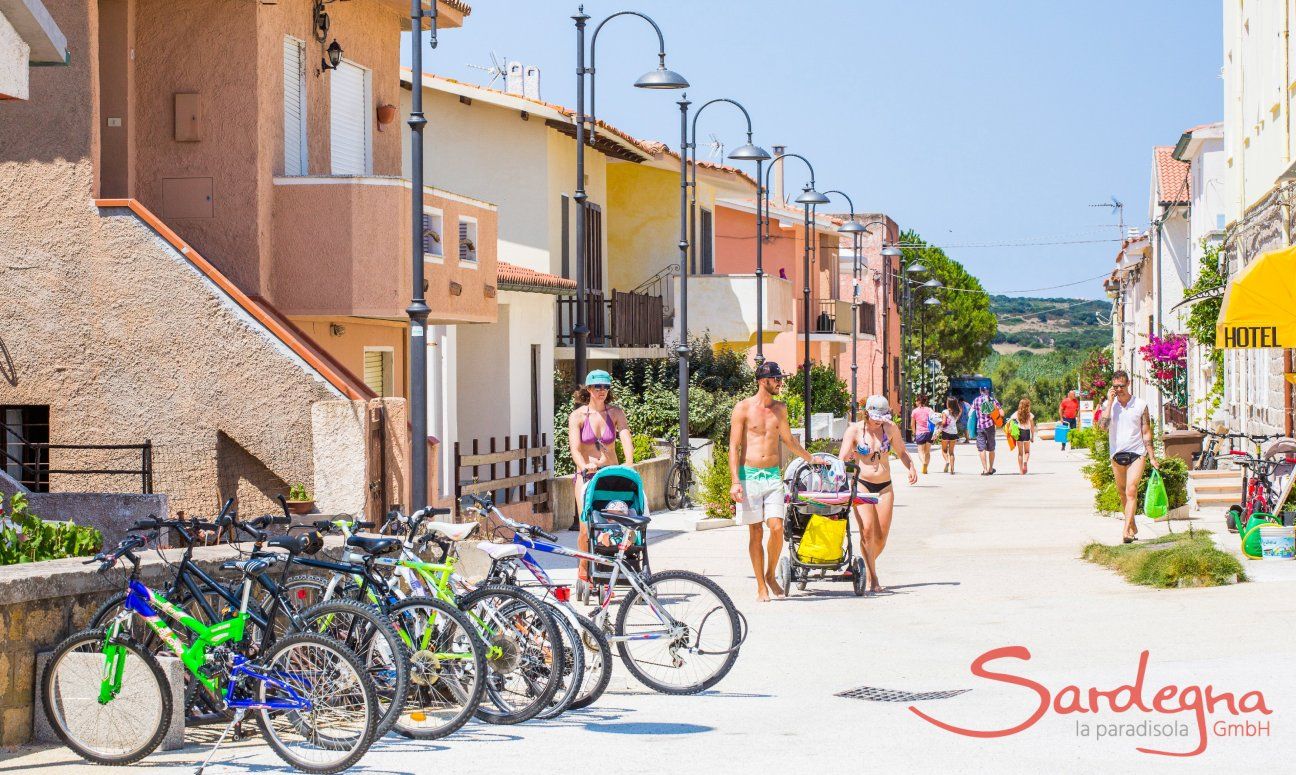
Visitors and inhabitants strolling along the main street of Vignola Mare
Visitors and inhabitants strolling along the main street of Vignola Mare
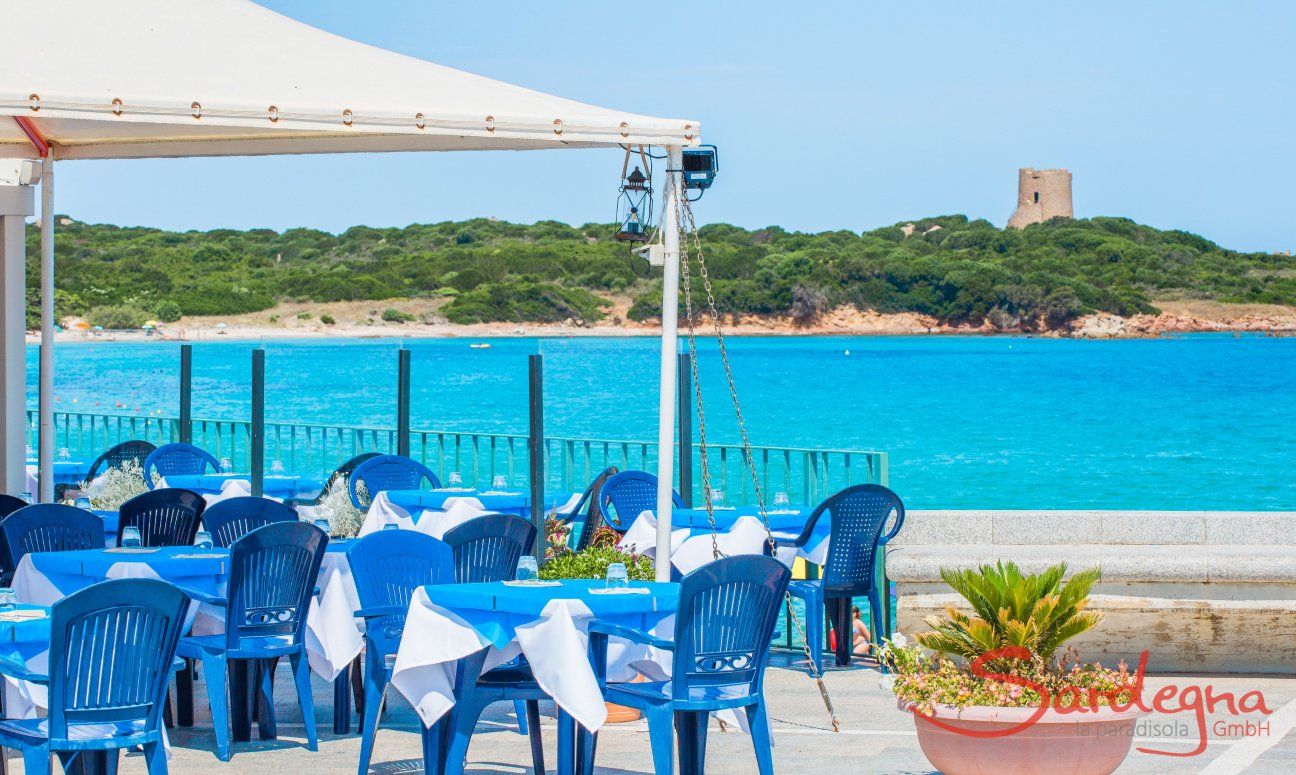
Bar direclty on the sea in Vignola Mare
Bar direclty on the sea in Vignola Mare
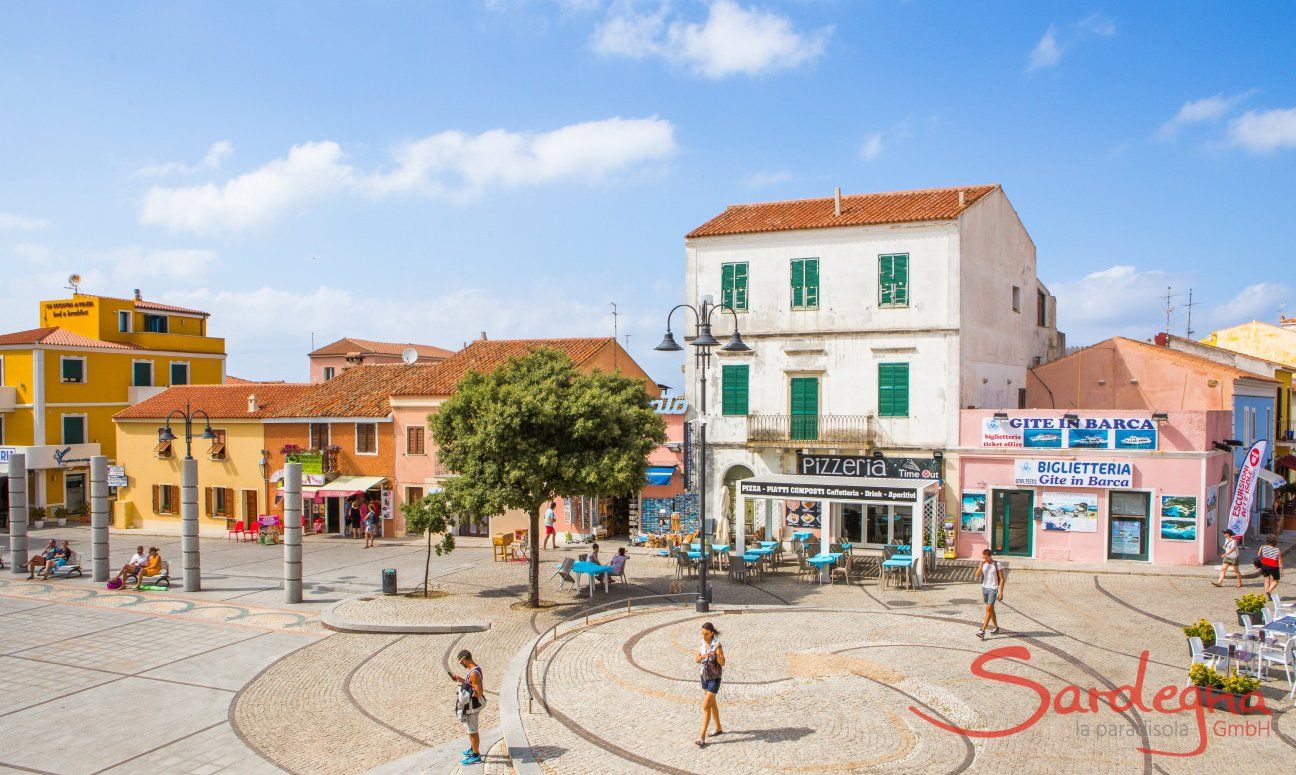
Former fisher town of Santa Teresa di Gallura, about 15 miles north of Portobello
Former fisher town of Santa Teresa di Gallura, about 15 miles north of Portobello
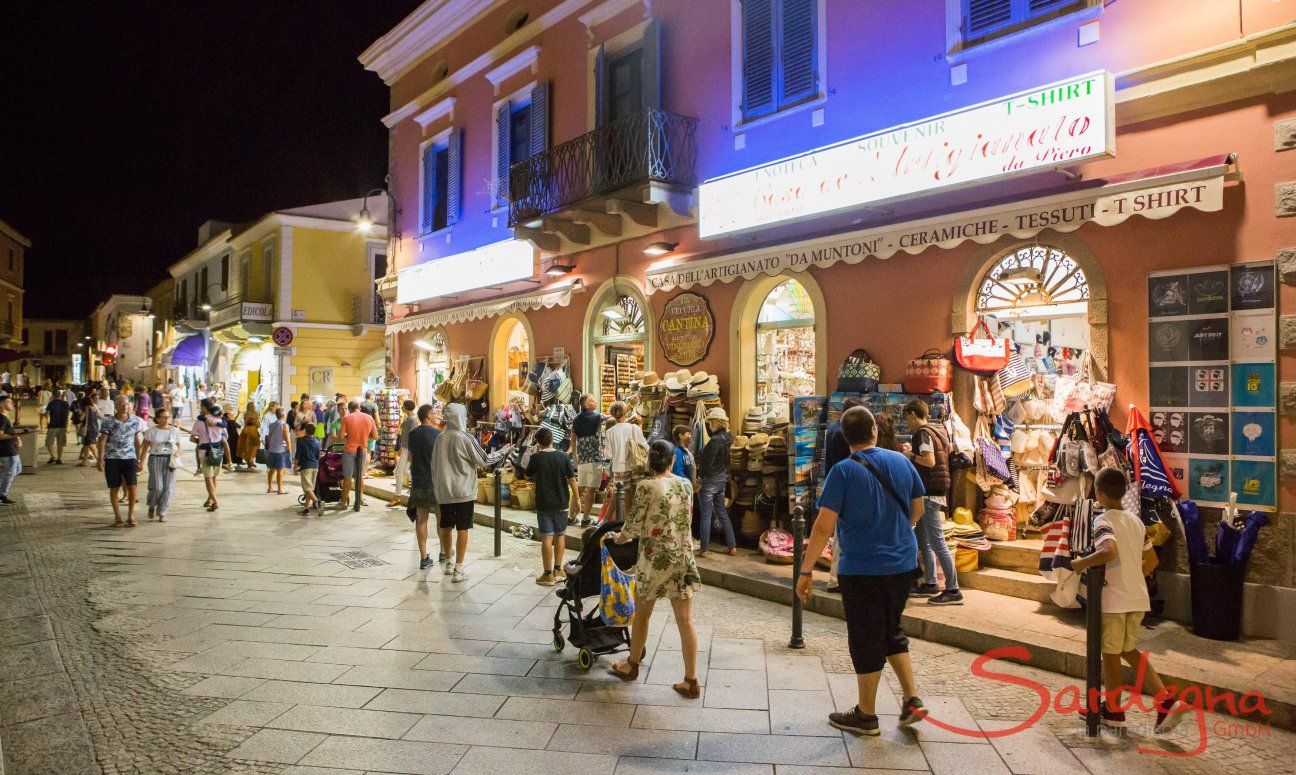
Evening stroll along the shops of Santa Teresa di Gallura, about 15 miles north of Portobello
Evening stroll along the shops of Santa Teresa di Gallura, about 15 miles north of Portobello
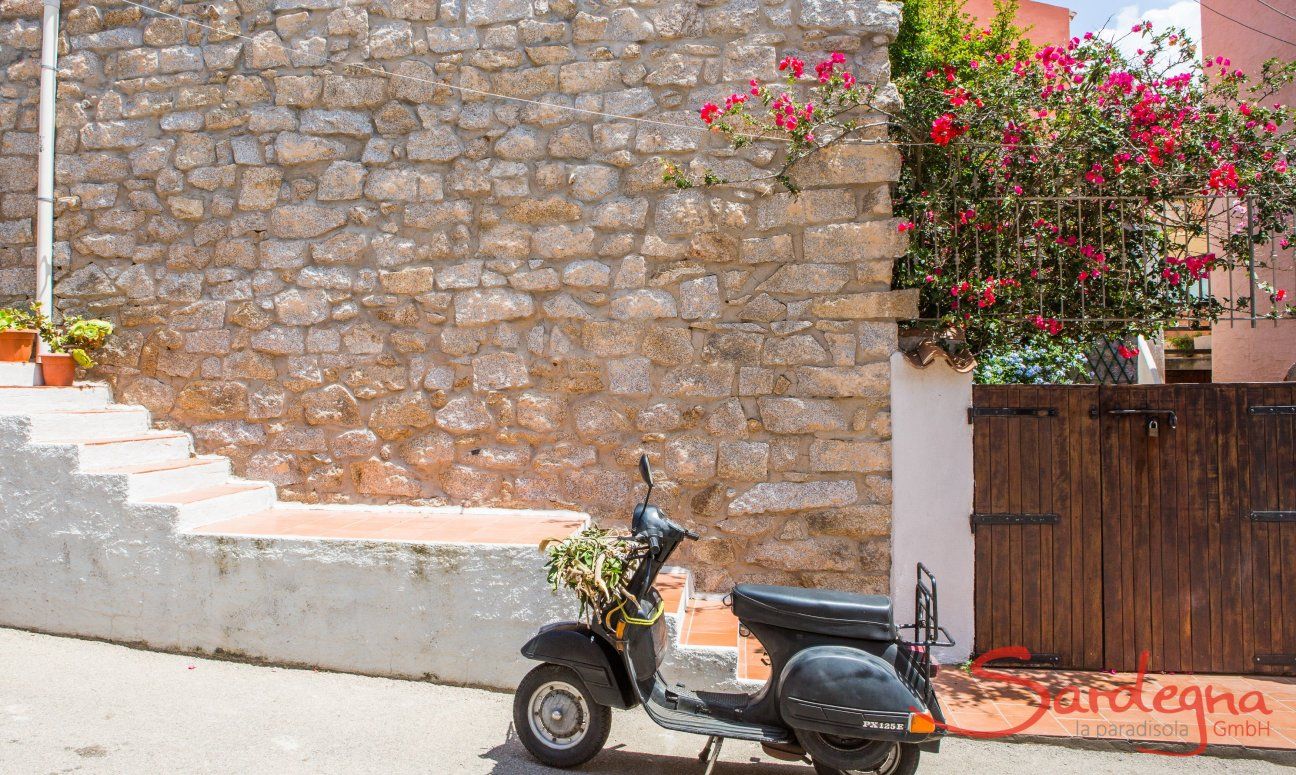
Still life in Santa Teresa di Gallura showing a Vespa in front o an old stone wall with flowering bougainvillea
Still life in Santa Teresa di Gallura showing a Vespa in front o an old stone wall with flowering bougainvillea
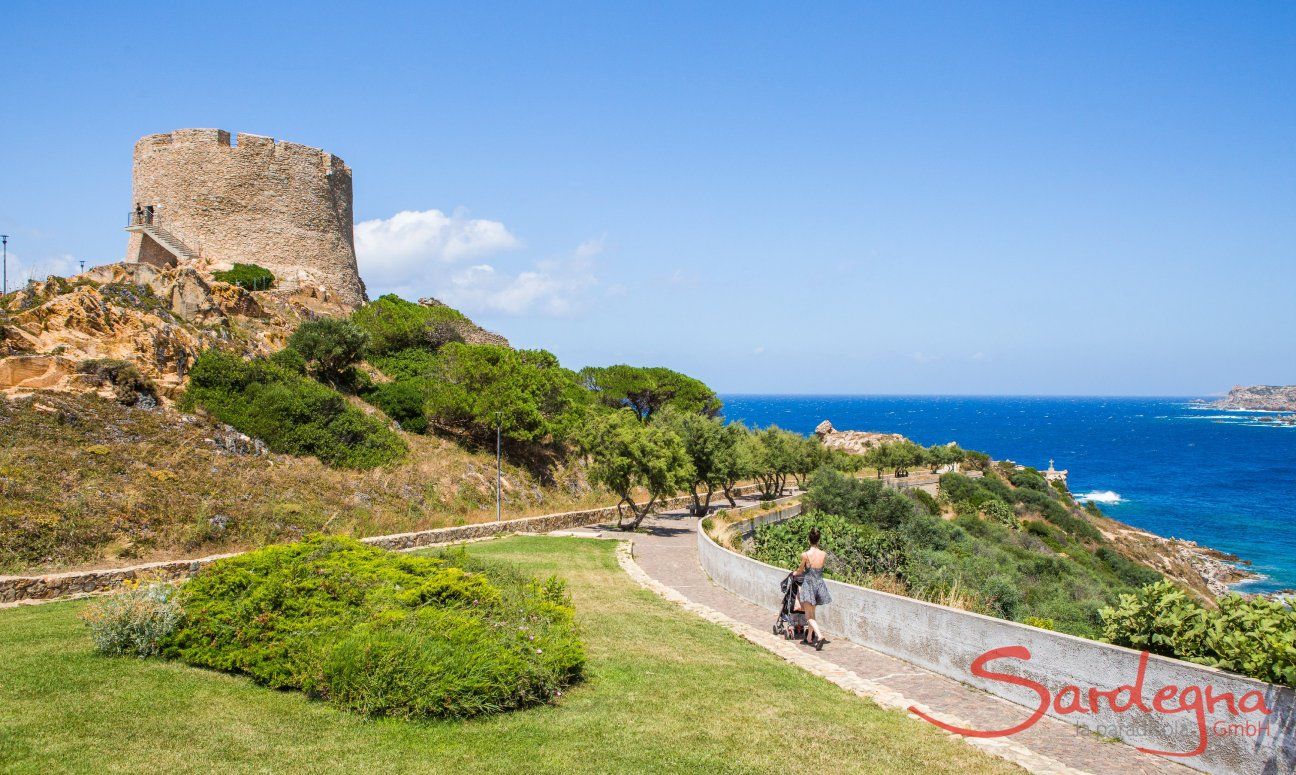
Walk to the spanisch tower of Santa Teresa di Gallura
Walk to the spanisch tower of Santa Teresa di Gallura
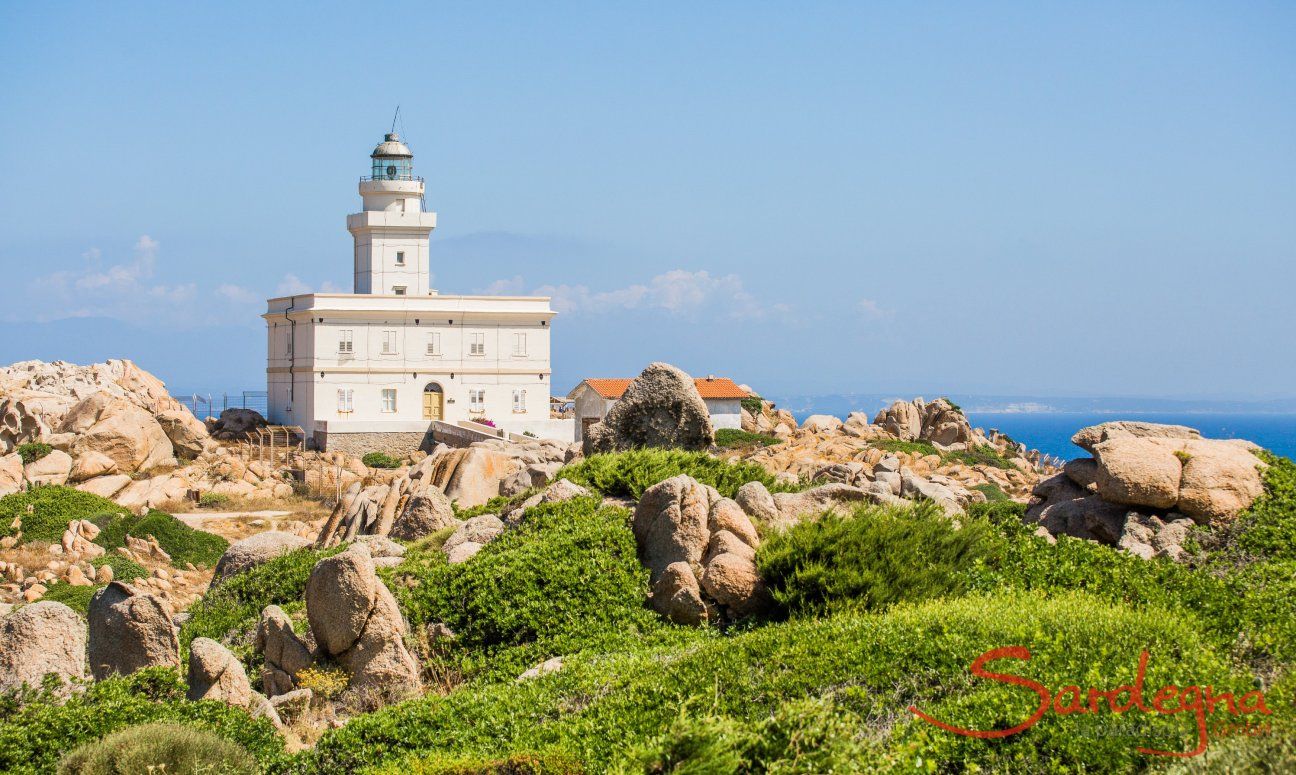
Lighthouse of Capo Testa, about 16 km north of Portobello
Lighthouse of Capo Testa, about 16 km north of Portobello

Fascinating rock formations in Capo Testa, about 16 km north of Portobello
Fascinating rock formations in Capo Testa, about 16 km north of Portobello
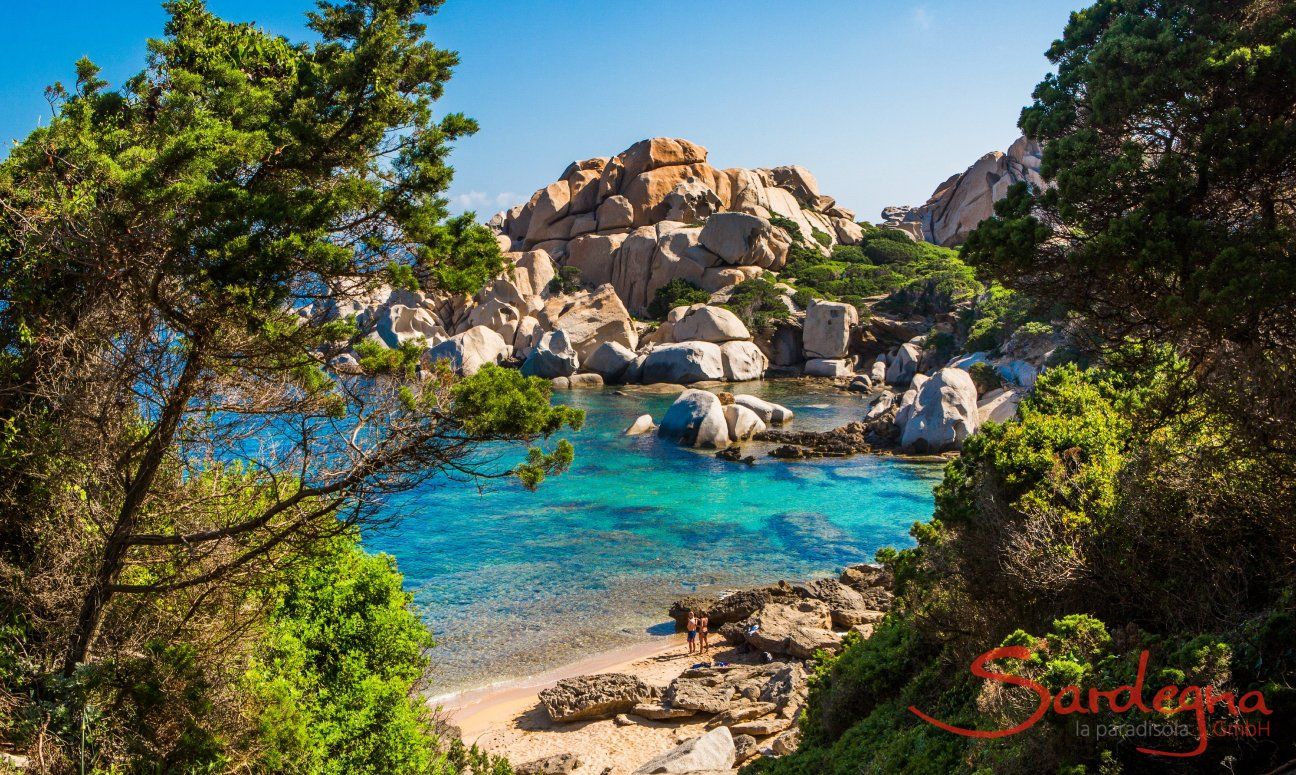
Bay of Cala Spinosa with crystal clear water shimmering in different turquoise colours, about 16 miles from Portobello
Bay of Cala Spinosa with crystal clear water shimmering in different turquoise colours, about 16 miles from Portobello
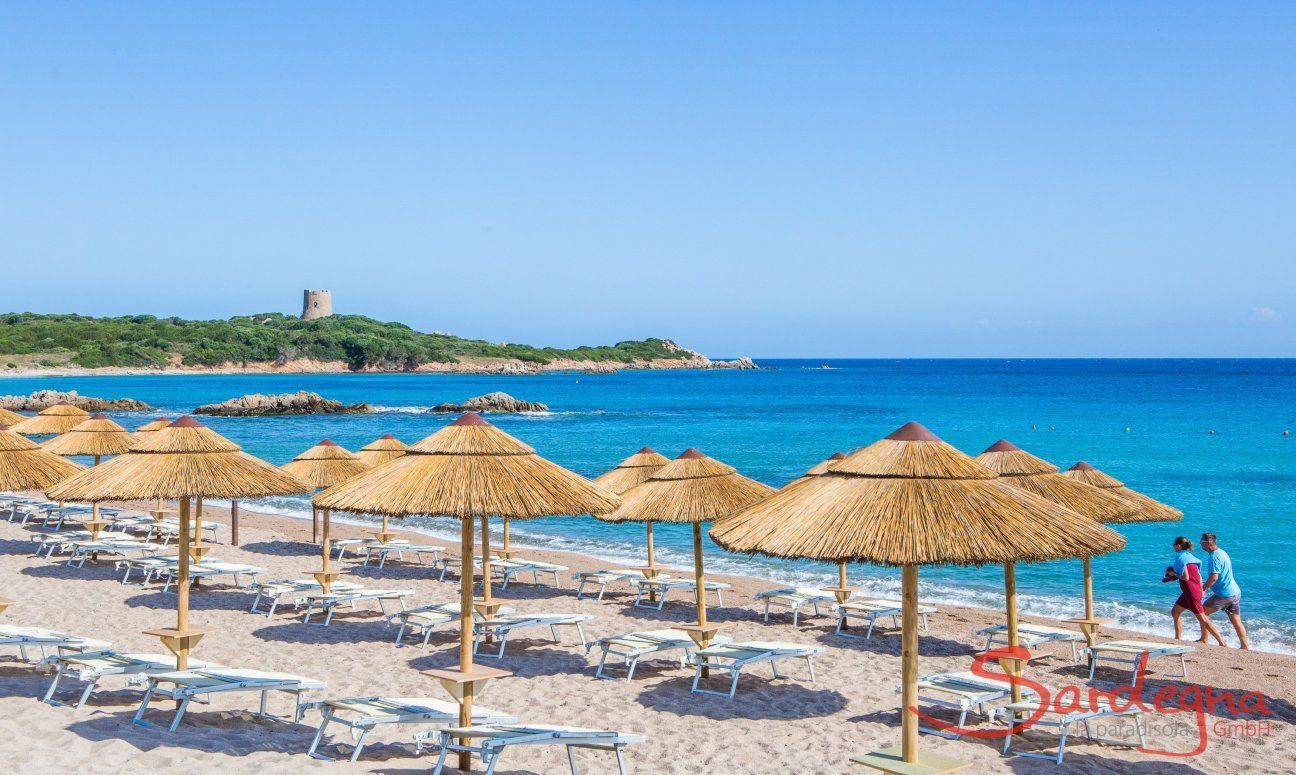
Ombrellas and sunbeds for rent in Vignola Mare, about 4 miles from Portobello
Ombrellas and sunbeds for rent in Vignola Mare, about 4 miles from Portobello

Pedal boat and canoe for rent in Vignola Mare, about 4 miles from Portobello
Pedal boat and canoe for rent in Vignola Mare, about 4 miles from Portobello
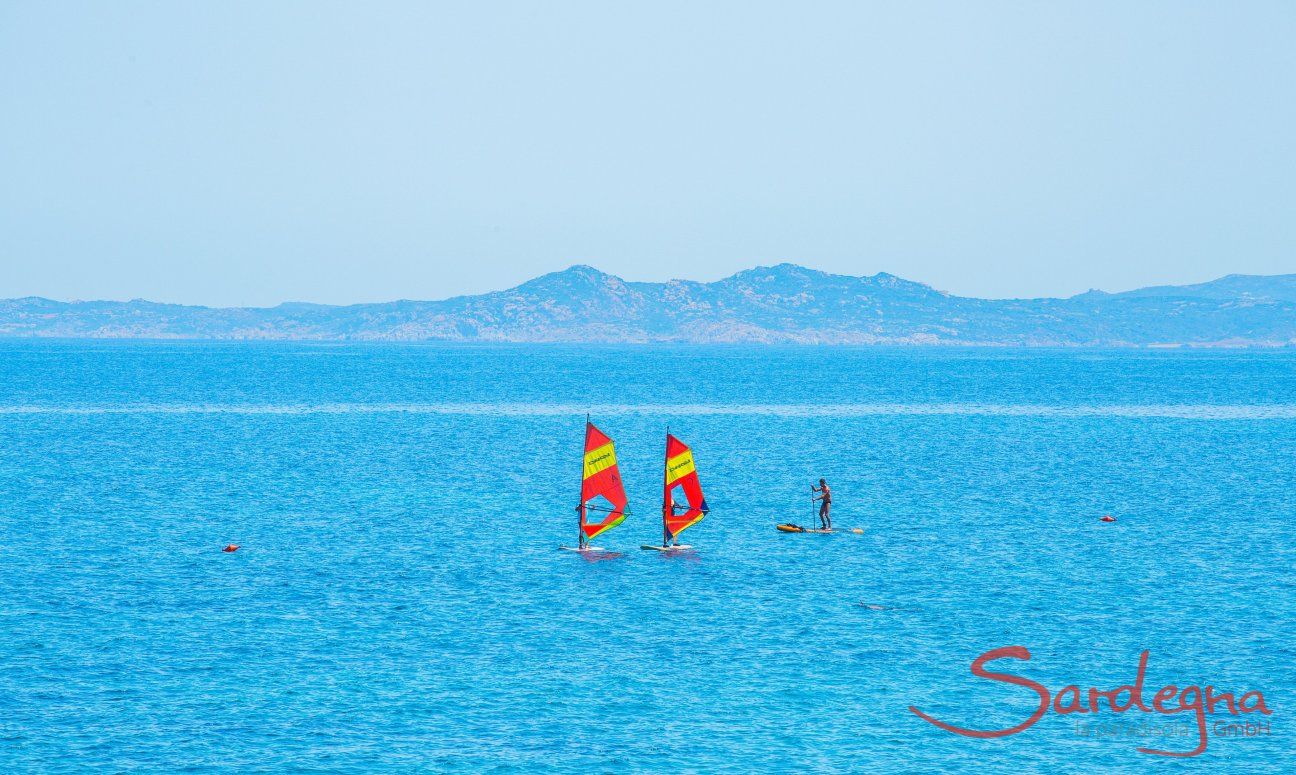
Windsurfers on the blue sea in fron of Vignola Mare, about 4 miles from Portobello
Windsurfers on the blue sea in fron of Vignola Mare, about 4 miles from Portobello




























Region description
Portobello – a beautifully peaceful village in the north of Sardinia
Portobello is an oasis of calm: the exclusive holiday resort on the northern tip of Sardinia is an amalgamation of 200 upmarket villas in a landscape conservation area. It faces Corsica and enchants with gorgeous beaches and the unspoiled nature of Gallura. With endless walking routes along the stunning coast, it’s a paradise for hikers, and there’s also the option to hire a boat from Portobello harbour to enjoy a romantic tour by sea. Portobello itself is home to a beautiful, small bay that is still pleasantly peaceful even at the height of summer. A restaurant that is open all year round and a supermarket ensure everyday needs are covered.Incidentally, the houses in the holiday resort were built under strict regulations. For instance, every villa must have a plot of at least 3,000 square metres and contain maquis shrubs. Far from the jet-set lifestyle on Costa Smeralda, nature and beach lovers will find an undisturbed refuge amidst wild, authentic Sardinian landscape.
Around Portobello: intriguing rock beauties and perfect surfing spots
Nearby beaches
- Portobello- Cala Vignola
- Cala Spinosa
- Cala Spalmatore
Heaven for surfers and divers
Eighteen kilometres away, Santa Teresa di Gallura offers divers a fascinating underwater world. The former fishing village is a picturesque place that is always worth a visit. From here, the white limestone cliffs of Corsica can be seen glimmering 12 kilometres away, and a ferry offers visitors the chance to visit the neighbouring island. In Capo Testa on the peninsula of Santa Teresa di Gallura, windsurfers find the perfect conditions. Another true spectacle of nature can be found in the fascinating granite rocks. Chiselled by wind and water over centuries, they have assumed bizarre shapes due to a special form of weathering (tafoni), which also explains the animal names they have been given.Location and surroundings
Map
In order to use our interactive map, we need your consent.